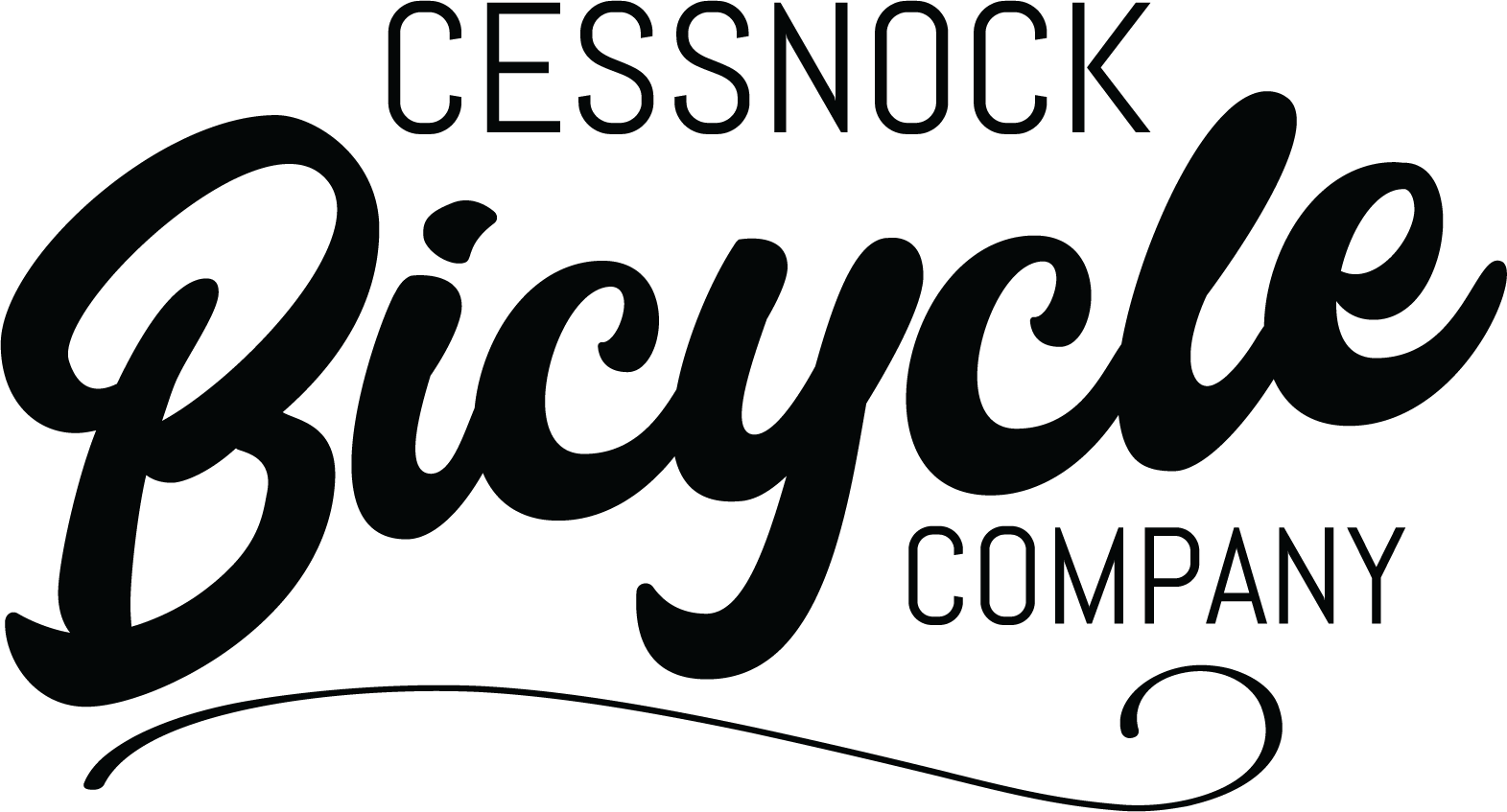Your cart is currently empty!
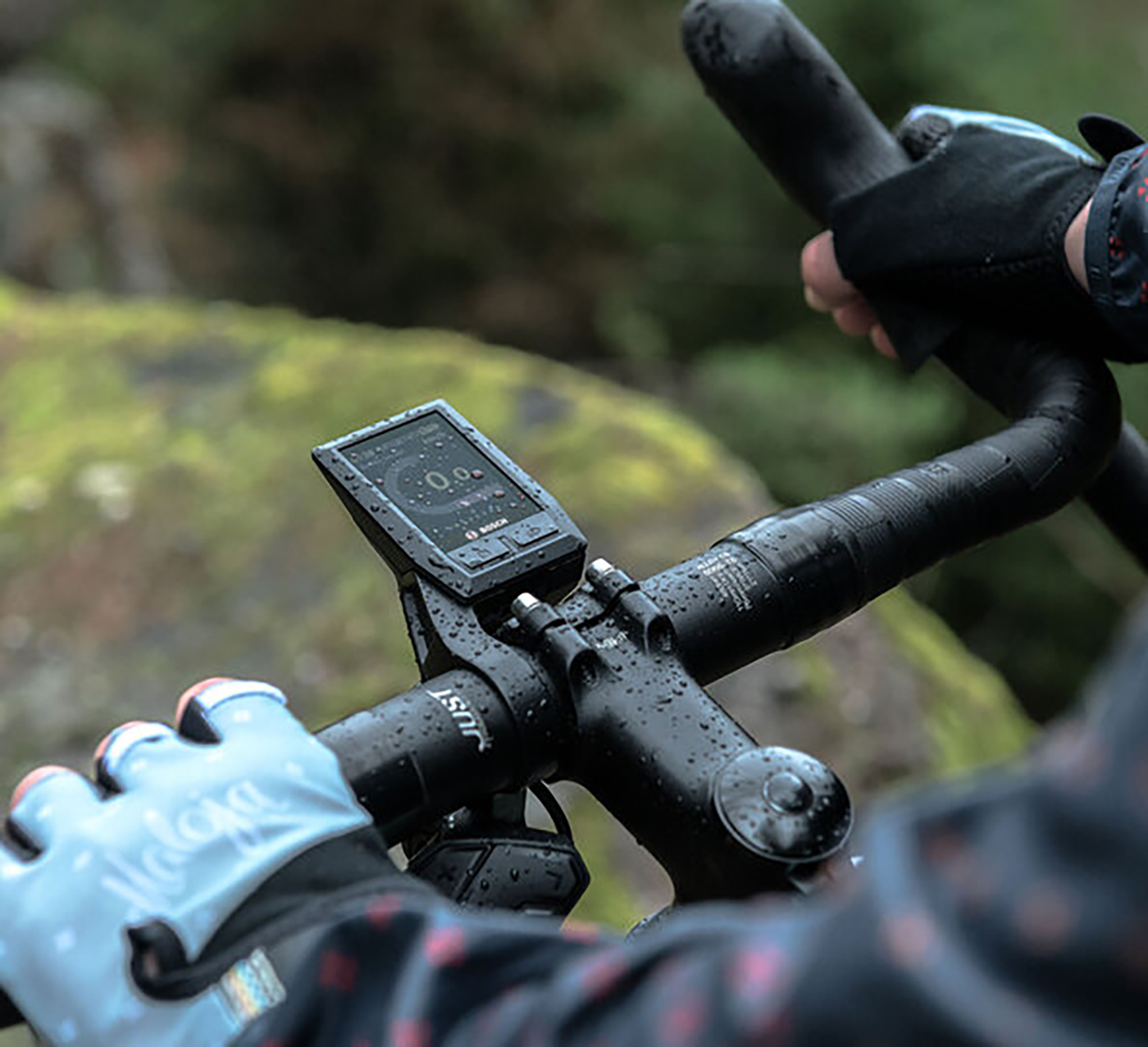
Bosch
Bosch eBike systems are by far the specialty of the CBC workshop. From the earliest days of our store we embraced eBikes, and now it’s our technical focus.
We ride eMTB and eGravel, we build eBikes and we service them.

We like to upgrade eBikes and find the limits of their capabilities. To do this we stay up to date with factory training and we keep our IT hardware current. When a new bike arrives we spend time researching its features and options and we take it for a ride.
There are new motor and batteries brands emerging almost every day, but the undisputed market leader is Bosch. Lets take a deeper look at their tech.
Bosch System Two (Gen 3 & 4)
Bosch evolved their drive systems and batteries from 2010 through four generations to 2021. Most common in the Australian market is the Gen3 and Gen4 systems, where there were four drive units: Active Line and Active Line Plus, Performance Line and Performance Line CX. There was also a Cargo Line in Europe.
Most urban bikes (including some road and hybrid models) used the Active Line at 50Nm, with batteries ranging from 400 to 500Wh. eMTBs mostly got Performance Line CX, which was released at 75Nm but in 2020 was upgraded to 85Nm via a firmware update. The 85Nm output was (and still is) the market leader in ADR-compliant eBikes, and the maximum support level is 340% to a peak of 500w.
Batteries in Gen4 topped out at 625Wh – also the market leader at the time.
The Displays on Gen3 and Gen4 were mostly the Purion, a hard-wired single-colour display that gave basic real-time information but did not capture ride data for the user.
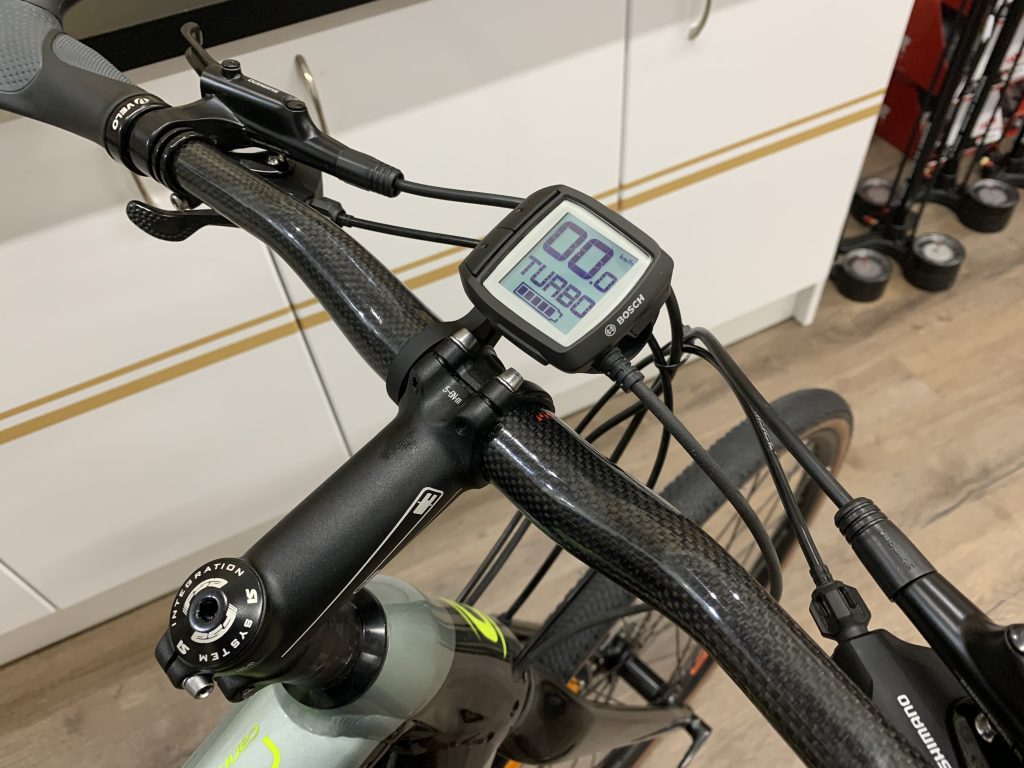
Premium models received the new Kiox display with remote switch on the LH bar, and standard bikes could be upgraded to Kiox but only by a Bosch dealer – it required firmware changes to work.
The Kiox was a full-colour display that could be removed easily from the bike as an added security measure, and it was the first modular system that allowed for easy interchange between displays. It used bluetooth to communicate with a new full-feature app for GPS navigation and connectivity to third-party apps like Strava.
Bosch also released their first Smartphone Holder which featured an app that worked as a large digital display while charging the phone. It has some limitations in holding the phone securely though, and was upgraded to take a phone case that clicked securely into the mount. Ultimately this product proved unsuccessful and was discontinued in 2022.
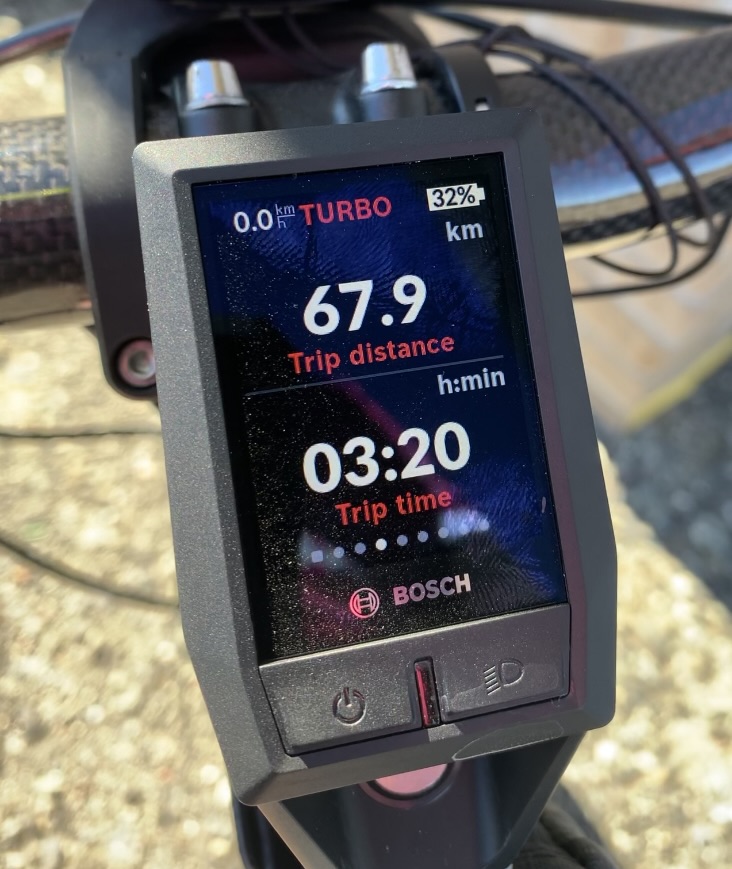
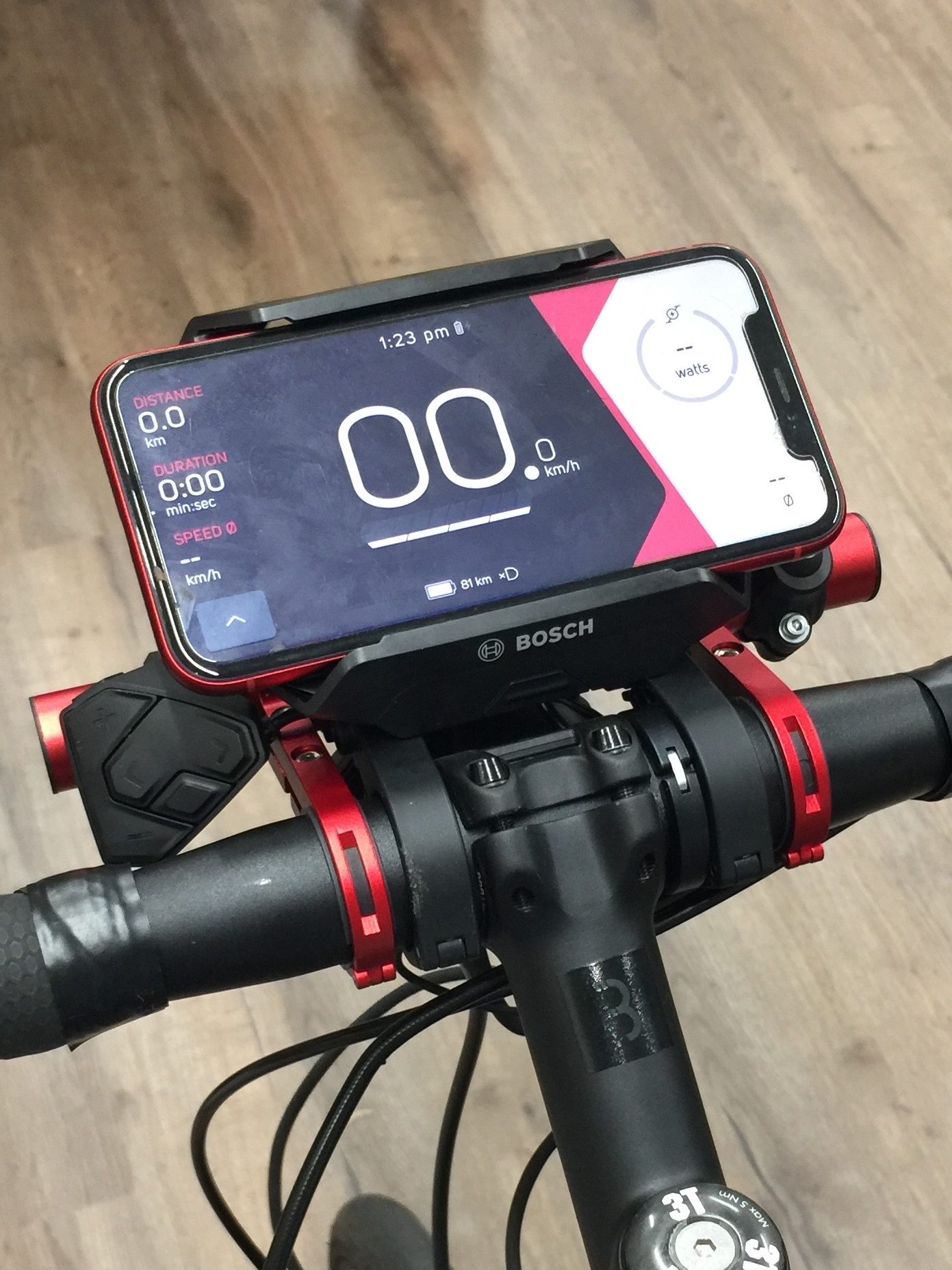
All of these photos are from our own bikes – we tried every product as it was released.
Regular firmware updates for Gen3 and Gen4 models brought efficiency gains and new features, making updates a valuable piece of annual servicing.
Gen3 and Gen4 models with compatible Kiox and Nyon displays could sync ride data to the eBike Connect app for Apple and Android. It was a little bit clunky but worked reliably provided your phone was always in signal range.
It synced to Strava and other activity apps once the ride was over, and also saved your activity data to the Bosch eBike Connect website.

The best feature of the Kiox (and the reason we’ve kept our eGravel bike that uses it) was the ability to connect bluetooth devices directly to the display. This was perfect for heart rate monitors and SRAM’s AXS shifting systems, both of which are very commonly used. The rider can customise which data is displayed on the screen while riding, a superb feature. This isn’t possible in the Smart System 🙁
The Smart System
In 2022, Bosch announced the arrival of the new ‘Smart System’, a completely new environment.
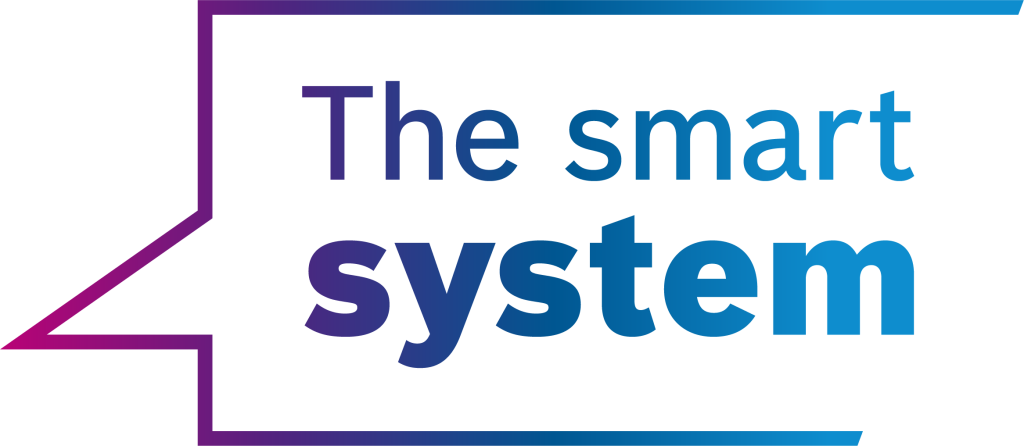
They drew a compatibility line between what is now called System 2 (ie Gen3 and Gen4) and the Smart System; none of the two system components are forwards or backwards compatible.
The Smart System introduced new drive units in Active Line and Active Line Plus in various outputs for hybrids and urban bikes. We have these already in our Kalkhoff range.
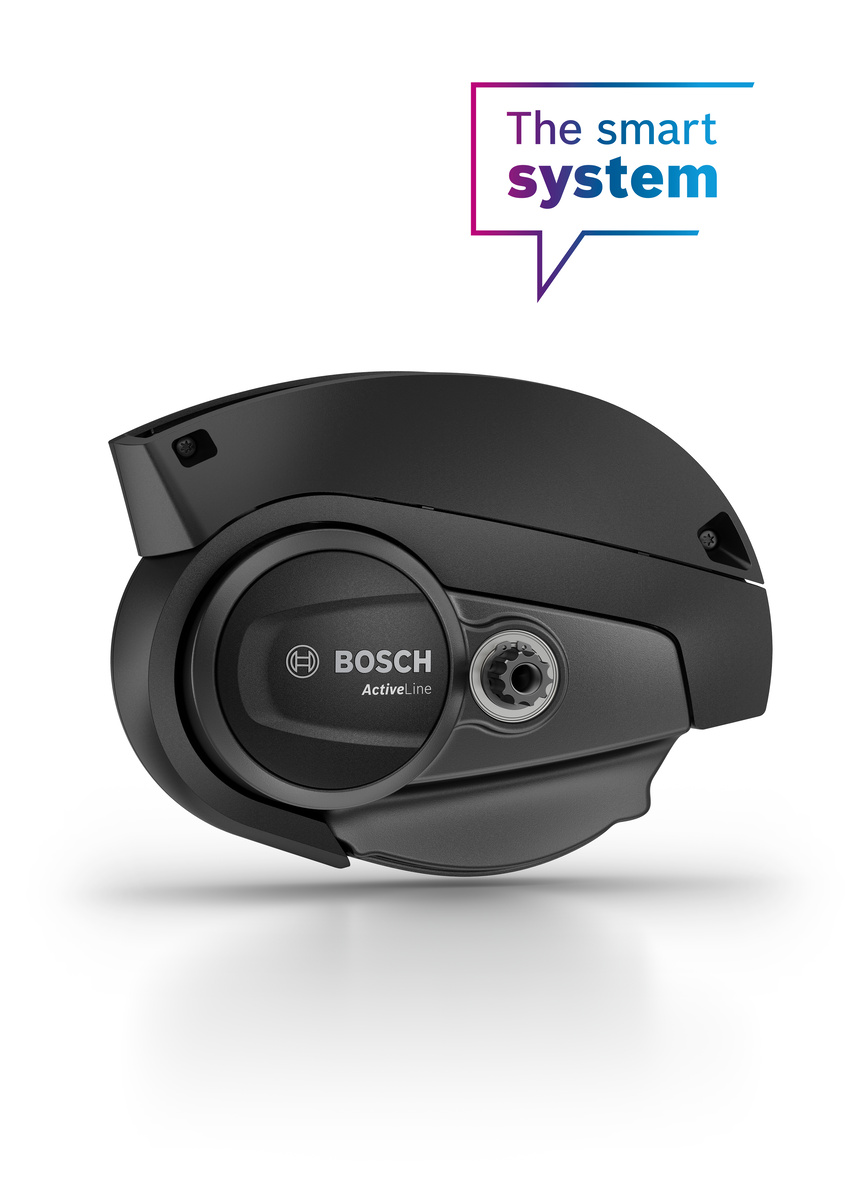
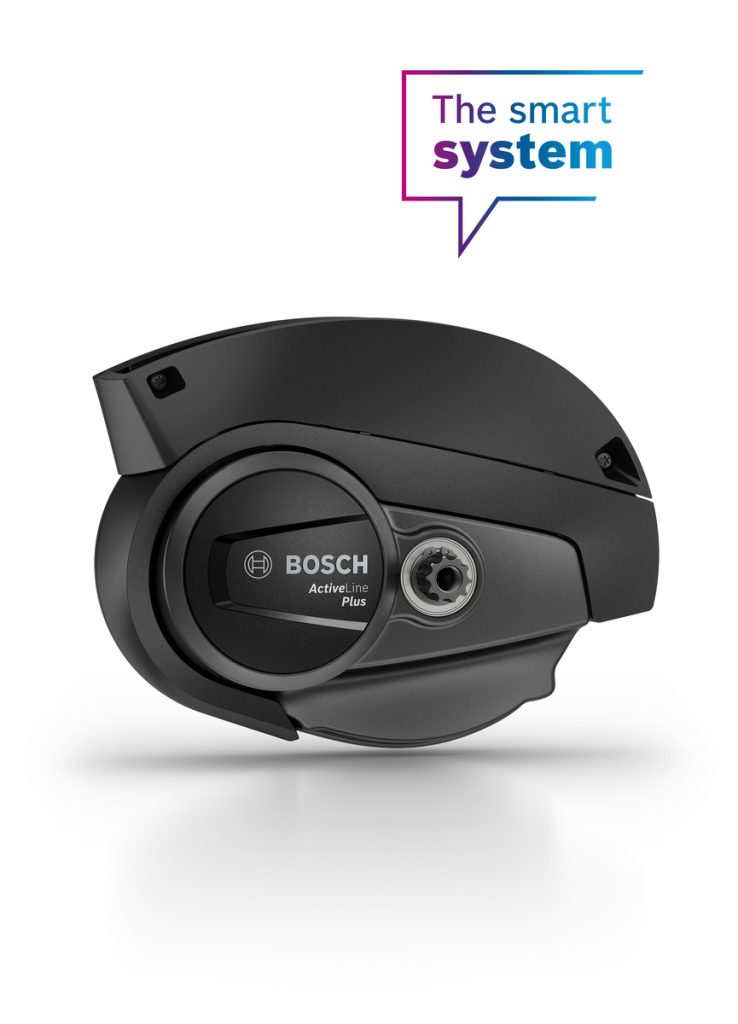
For the eMTB riders there arrived a modified version of the Performance Line CX with the same outputs as the old unit (250w max to 500w, 85Nm, 340%) but with a new mounting system and improved riding modes.

Most importantly, there are two new versions of the Performance Line drive unit: the lightweight Performance Line SX and the beefed-up Performance Line CX Race.
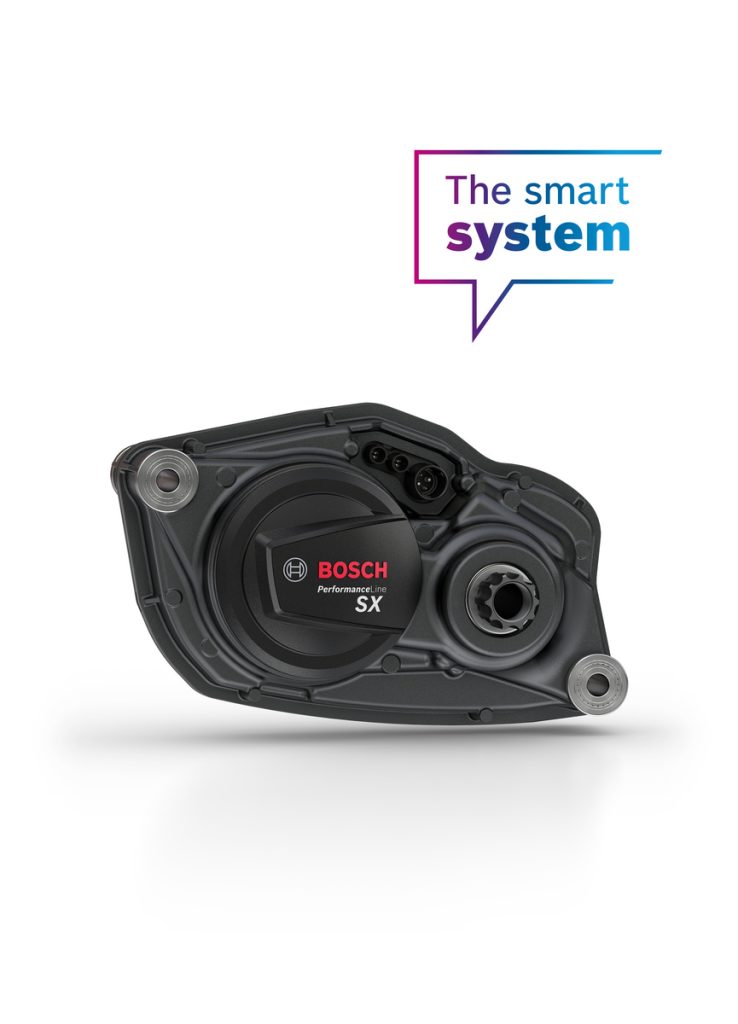
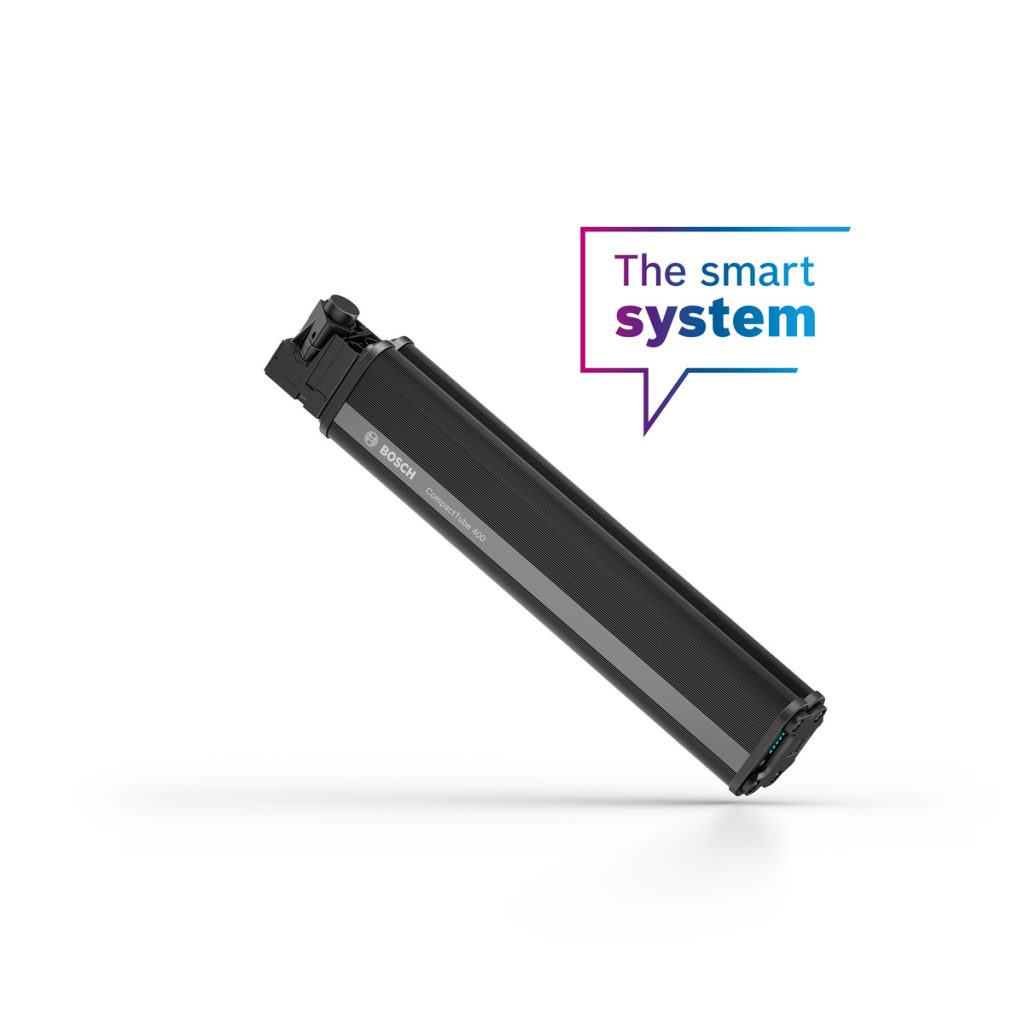
We expect to see the Performance Line SX in lightweight eMTBs and gravel bikes, the motor weighs only 2kg yet features a 55Nm output with a peak at 600w and a new ‘Sprint’ mode for punchy climbing at max effort. Combined with the new CompactTube 400 battery it’ll be perfect for sub-20kg eMTBs that still have good range and plenty of climbing assistance – the entire system adds less than 5kg to the bike.

The Performance Line CX Race drive unit is a big deal. Bosch are the first to market with a drive unit designed for competition and demand for bikes fitted with this limited production unit should be high.
The torque output is still capped at 85Nm, but with 400% support level thanks to the exclusive ‘Race’ mode in the firmware. This support level is responsive to the torque load into the pedals – if you really mash the pedal on a climb it will give you up to 4x your input.
The high-performance motor is still only 2.5kg and we’ll have them on the new Focus Jam2 8.0 and Sam2 6.0 models. These bikes will be the choice of fast riders and those looking for an extra boost in competition.
Smart System bikes need a controller and now there’s three options.
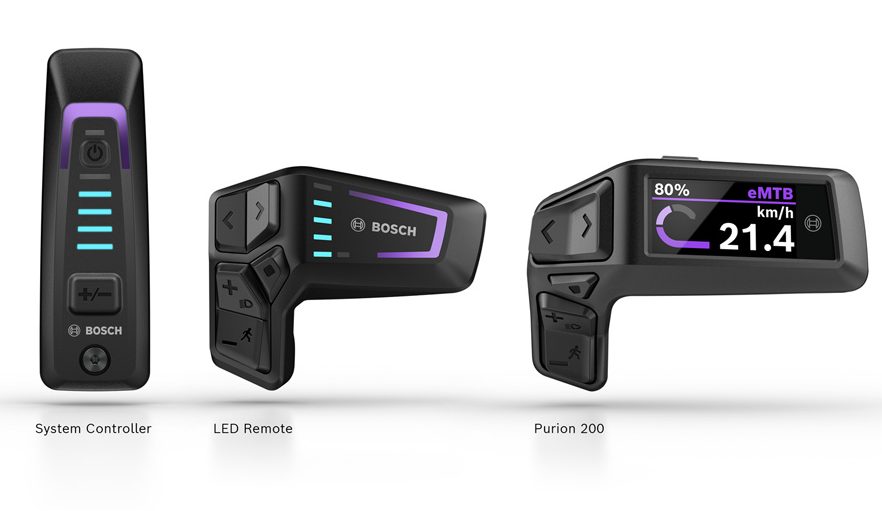
This controller does the work of turning the bike off and on, plus it selects the support mode you’ll use. Coloured LEDs tell you what mode you’re in and a 5-bar LED shows your state of charge.
It also carries the USB port that is used to connect the dealer diagnostic software. Users connect via bluetooth once the dealer setup has been done.
Some bikes from MY23 will be fitted with the low-profile System Controller that mounts flush in the top tube. This option needs nothing else for the bike to function – perfect for the minimalists that don’t want anything on their bars.
The other two controllers mount to the bars next to the left-hand grip. The LED Remote can work with or without an additional display unit while the Purion 200 has a very small display with minimum information.
So far, all of the Smart System bikes we’ve seen have been fitted with the the LED Remote and a Kiox 300 display. We think that Enduros and DH bikes will start to come out with the System Controller, and brands will mix up which models have the low-info Purion 200, which is a direct competitor with Shimano’s system display.
Some of the premium Kalkhoffs are coming with the new Intuvia 100 which will need the Mini Remote next to the LH grip.
For the gravel riders there’s also a new Mini Remote for dropbars.

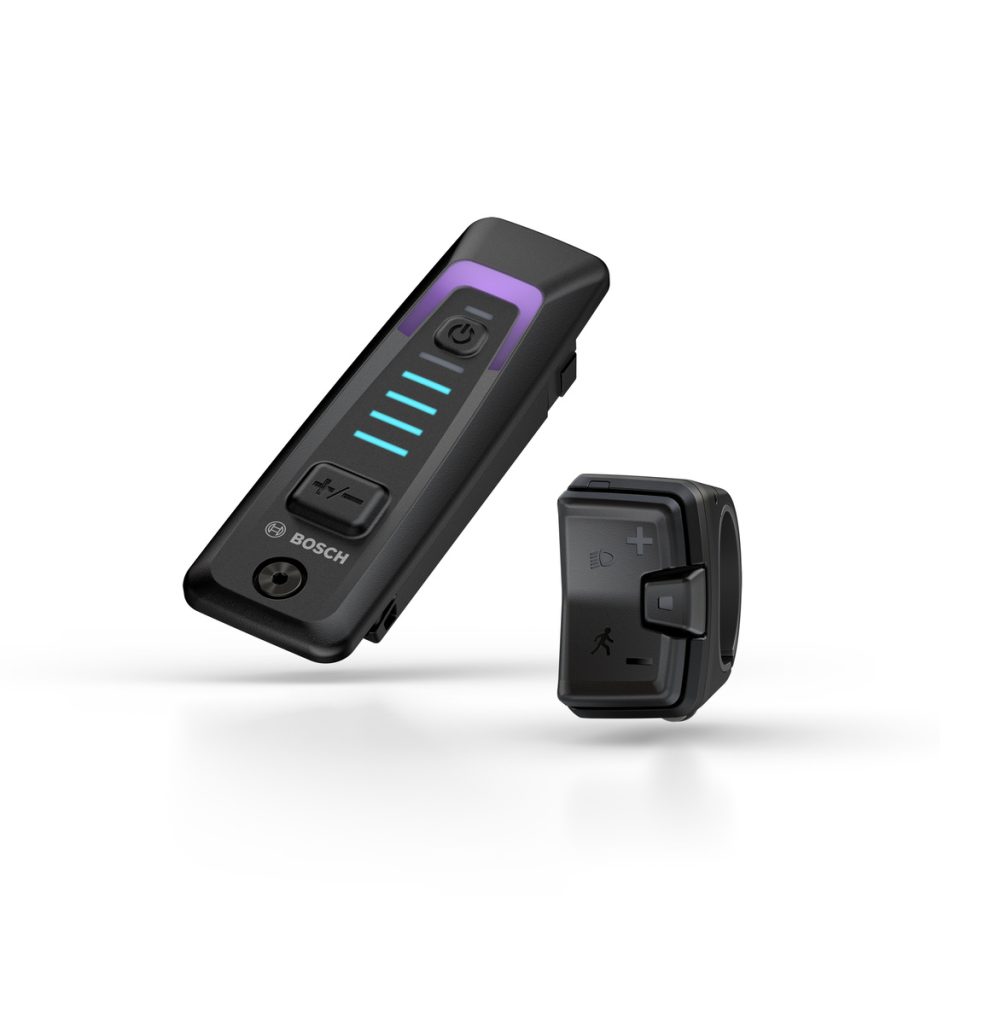
To manage this new world of connected eBikes, there’s a new app…of course!

The eBike Flow App will connect to your bike via bluetooth. It’s both a customisation tool where you can muck about with the way each riding mode works, plus you can update your bike’s firmware.
In the Ride screen it’s a navigation tool with all the normal features of turn-by-turn mapping and downloadable GPX files. You can also use the Ride Screen to display your heart rate by connecting an Apple Watch. Unfortunately there’s no support for other HRMs at this time (not happy about that!).

There’s now four displays for Smart System bikes.
The ‘standard’ display on most smart system bikes is the new Kiox 300. It’s full colour and larger than the old Kiox but it doesn’t have the lock-out function if it’s removed from the bike because it’s no more than a simple display. It is easily swapped out with an alternative like the Smartphone Grip or Kiox 500 and doesn’t house the bluetooth module – this is in the controller.



The mount is quite neat and will go left or right of the stem and there’s two cradles for top-cable or bottom-cable.
At Eurobike 2023 Bosch announced the new Kiox 500. It’s larger than the 300, uses the same mounting and does everything the 300 does but adds audio information for navigation. We haven’t seen one yet but we’re keen to hear it beep and honk to indicate turns as we ride.
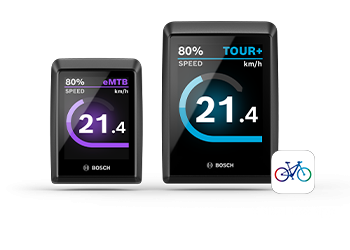
The Smartphone Grip is fantastic and has solved all of the problems from the original design. It clicks into the same mount as the Kiox 300/500 and supports wireless charging – plus it has a USB port to charge your phone or GPS.
We’ve used it on MTB and gravel without a problem, and it’s neat that the buttons on the bike’s remote can navigate the app. Nice job with this product fix, Bosch!

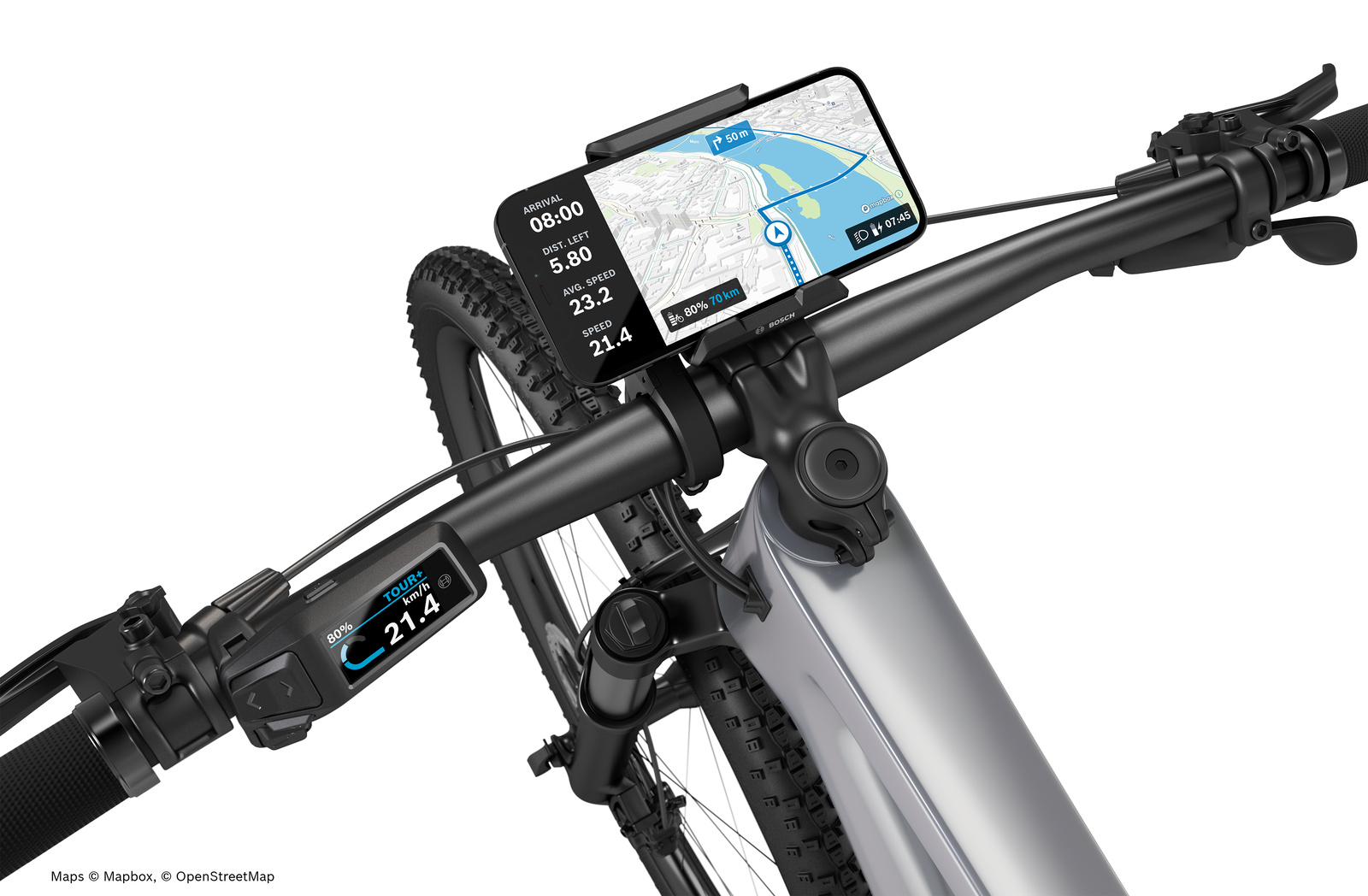
The Intuvia 100 will be used more on urban and hybrid bikes, we think aimed at the rider who wants a large display with simple information and not complex data feeds like cadence and power.
It uses a new mount with a quarter-turn system like Garmin and Wahoo GPS systems. It’s a little bit different because it isn’t hard-wired to the bike; it connects by bluetooth.
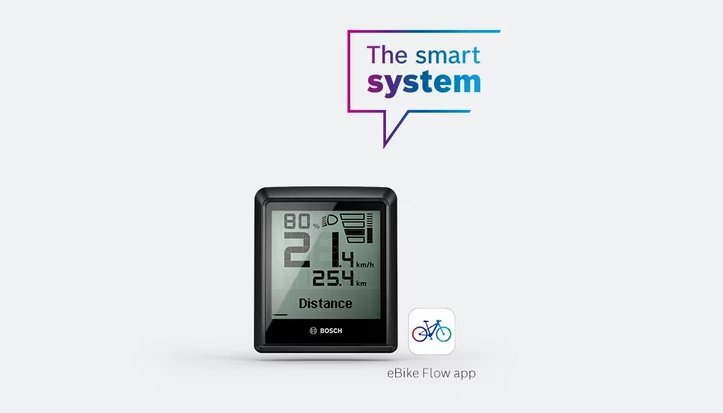

Range Extender batteries
Adventure riders are always looking for more capacity without a concern for weight. Bosch have had multi-battery systems since Gen3 but it’s pretty much limited to cargo bikes because it requires the manufacturer to spec the firmware as part of the new bike. We tried to find firmware sets that allowed for double battery setups without success, and so riders doing 150kms or more per day complete a battery swap mid-ride.
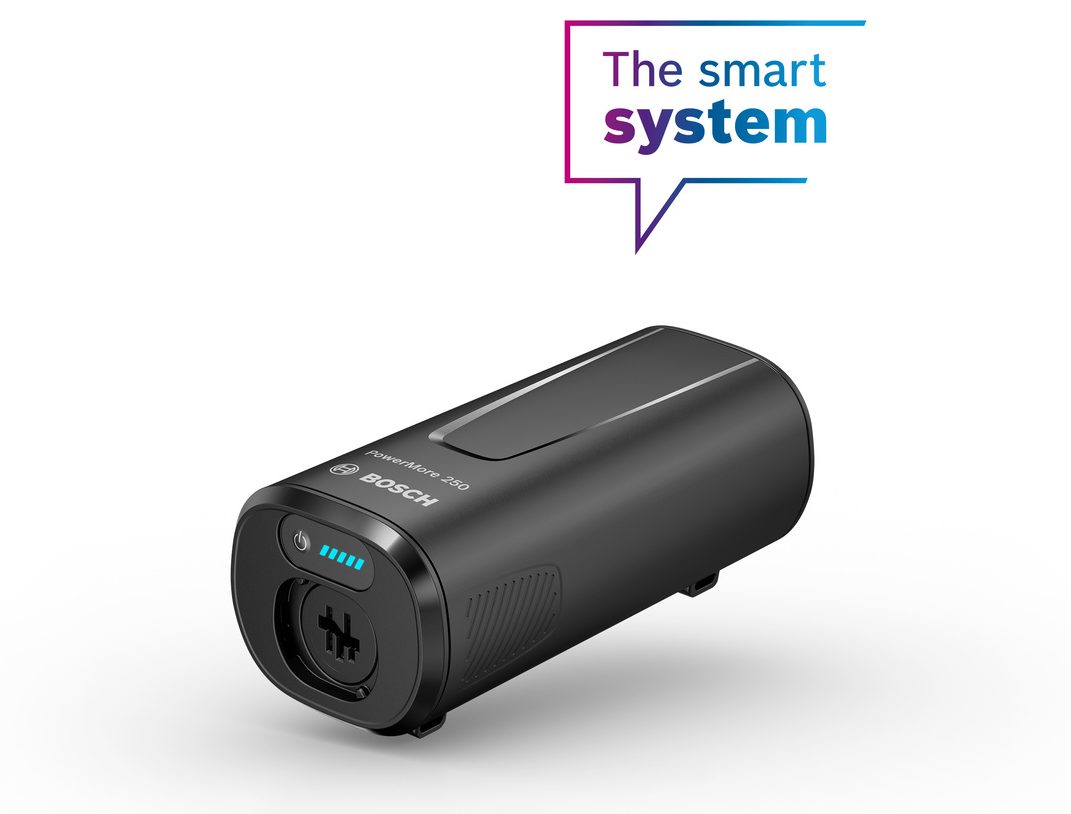
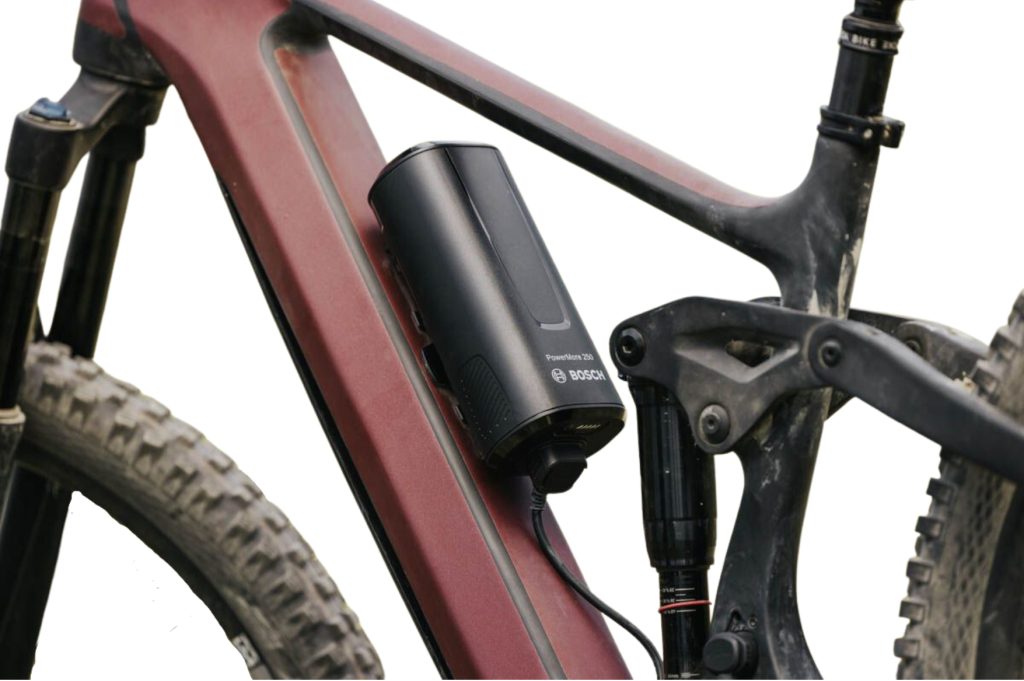
At Eurobike this year we saw the release of Bosch’s first range extender PowerMore 250 battery. Bosch say that many new bikes from 2023 will be compatible for this upgrade – we can’t wait!
This full kit of battery/mount/cable uses a bottle cage mount point to add that vital extra watts. Obviously the downside is the loss of a bidon and for many eMTBs there is only one available so riders will need to carry their hydration in another way.
eBike Locks and Alarms
eBike Lock, as an additional theft protection for your eBike, is a free-of-charge feature in the smart system.
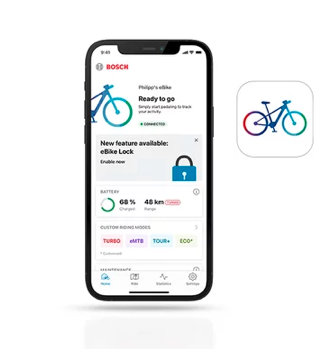
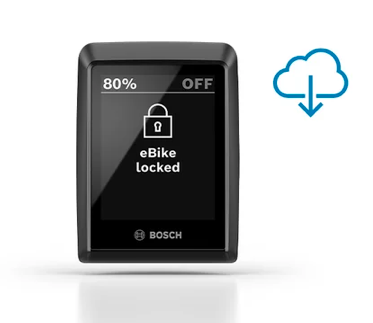
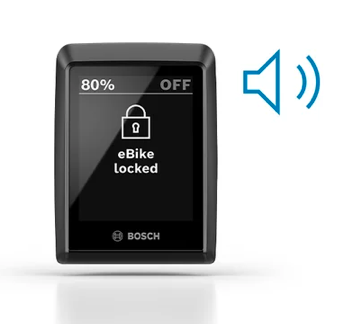
In the Flow app you can activate the lock function which uses your smartphone as a digital key. The lock is turned on/off in the app and the lock status is shown in the display of the bike. This is a basic theft deterrent but not a preventative measure. For Apple users we recommend fitting an Orbit Tracker!
There’s also an eBike alarm and tracker from Bosch called ConnectModule that plugs into the drive unit and works both as a remote lock with two-stage audible alarm, plus it uses the mobile phone network to track the location of your bike. It uses a subscription version of the Flow+ App which is $60/year (the first year is free!).
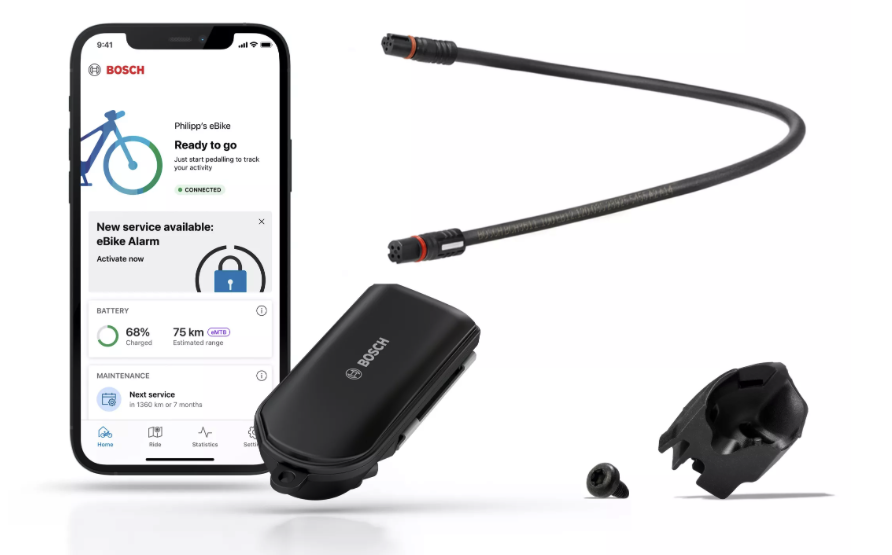
The module hides behind the RH cover of the drive unit and is powered by its own internal battery. The upgrade kit is $159 and takes an hour to fit and configure.
Headlights
We fit a lot of headlights to eBikes, they’re incredibly convenient and when they’re powered by the bike’s battery you never have to remember to charge them up before riding.
Our favourite light is this Lezyne 1000 lumen model, they’re super powerful and there’s a stack of ways to mount them to your bike using GoPro mounts. They’re about $250 fitted and that includes the firmware update to configure it in the Bosch system.

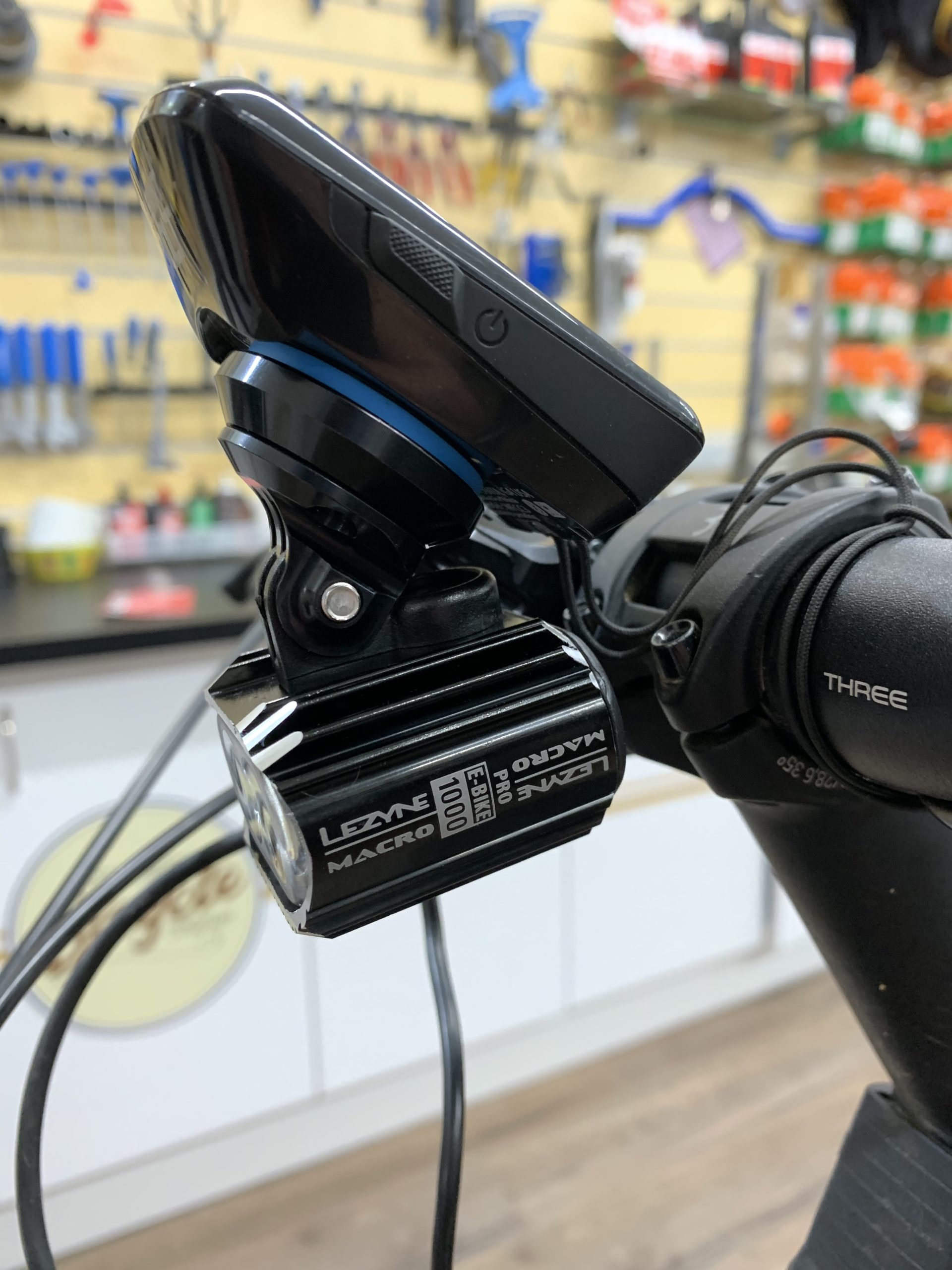
Our favourite light is this Lezyne 1000 lumen model, they’re super powerful and there’s a stack of ways to mount them to your bike using K-Edge mounts. They’re about $250 fitted and that includes the firmware update to configure it in the Bosch system.
To book your BOSCH service online, click HERE
Bosch
-
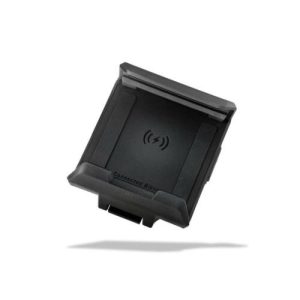 Bosch Smartphone Grip for Smart System$84.95 inc. GST
Bosch Smartphone Grip for Smart System$84.95 inc. GST -
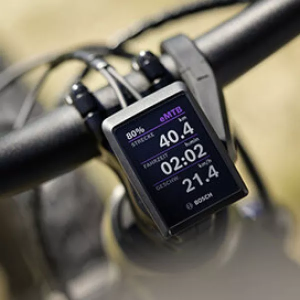 Bosch Display Kiox 500$249.00 inc. GST
Bosch Display Kiox 500$249.00 inc. GST -
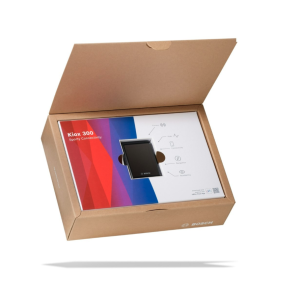 Bosch Display Kiox 300$195.00 inc. GST
Bosch Display Kiox 300$195.00 inc. GST -
 Bosch ConnectModule for Smart System BDU33YY$149.00 inc. GST
Bosch ConnectModule for Smart System BDU33YY$149.00 inc. GST -
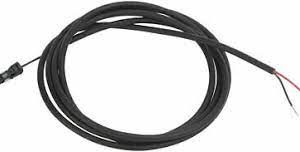 Bosch Light Cable – Taillight (Black)$29.95 inc. GST
Bosch Light Cable – Taillight (Black)$29.95 inc. GST -
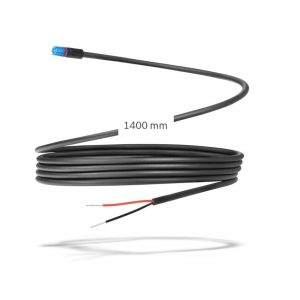 Bosch Light Cable – Headlight (Blue)$29.95 inc. GST
Bosch Light Cable – Headlight (Blue)$29.95 inc. GST -
 Bosch Kiox Display$329.00 inc. GST
Bosch Kiox Display$329.00 inc. GST -
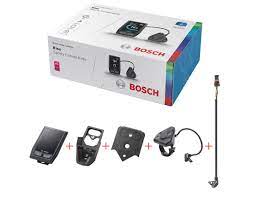 Bosch Kiox Upgrade Kit$469.00 inc. GST
Bosch Kiox Upgrade Kit$469.00 inc. GST
